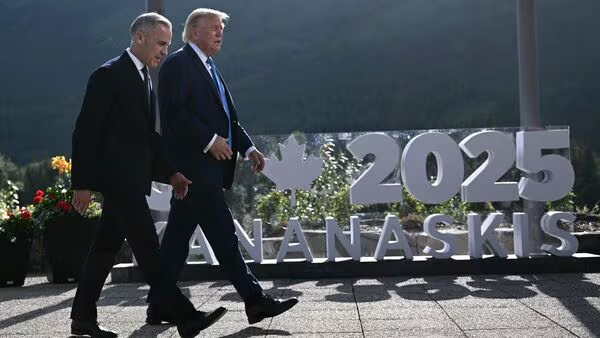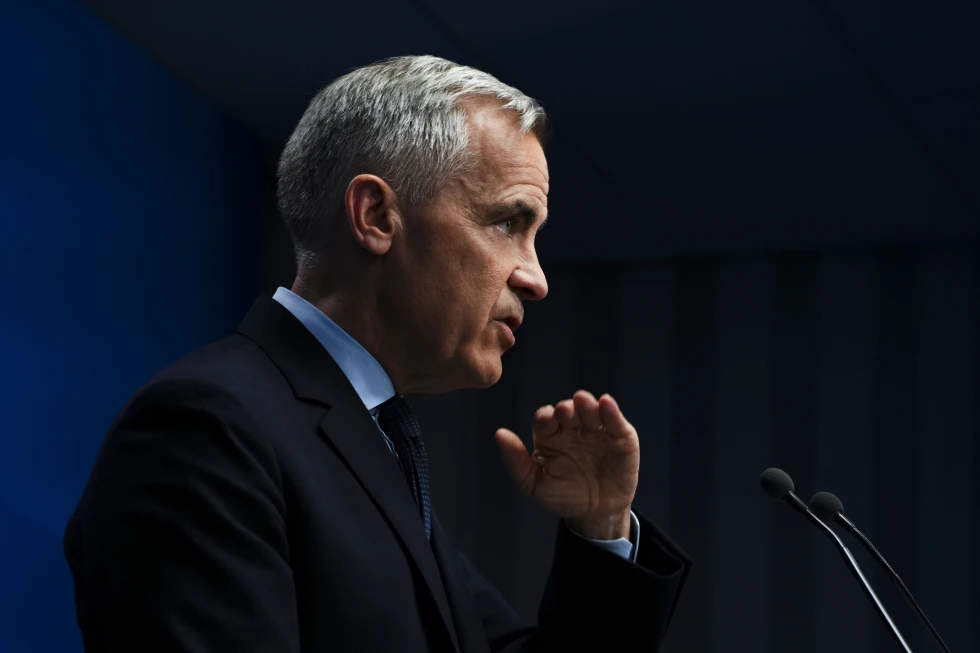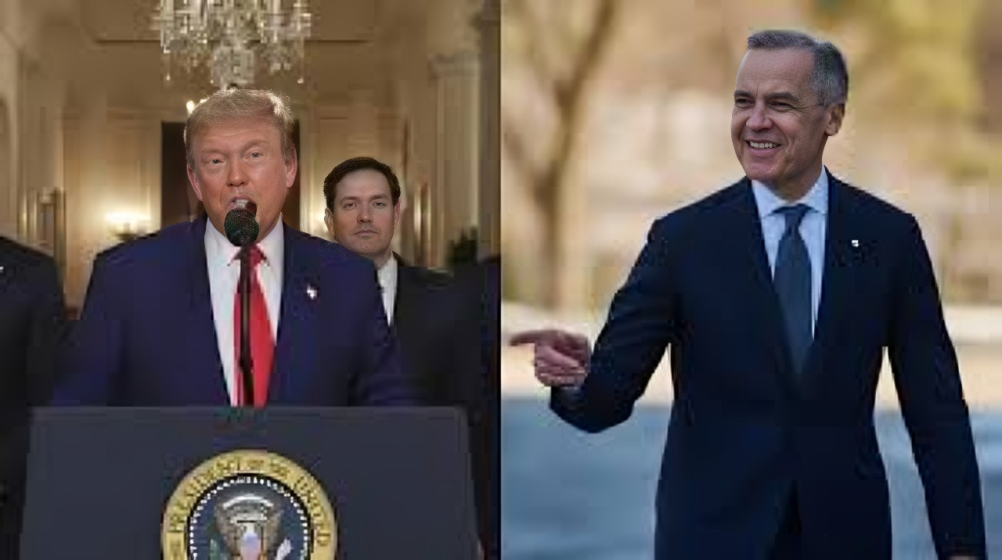In a significant development for North American trade relations, Canadian Prime Minister Mark Carney confirmed on Sunday night that trade negotiations with the United States have resumed, following Canada’s decision to scrap its planned digital services tax (DST). The decision came after strong objections from U.S. President Donald Trump, who called the proposed tax “a direct and blatant attack on our country.” This move paves the way for renewed efforts to reach a comprehensive trade deal before the July 21, 2025 deadline, agreed upon during the G7 Summit in Kananaskis, Alberta.
Background: What Was Canada’s Digital Services Tax?
The Digital Services Tax (DST) proposed by Canada was a 3% levy on revenues generated from Canadian users by large digital companies, both domestic and foreign. Crucially, the DST included a retroactive clause that would apply to revenue earned since 2022, potentially costing companies like Amazon, Meta, Google, Uber, and Airbnb over $2 billion in back taxes. The tax was set to come into effect on Monday, June 30, 2025, and had become a significant point of tension in Canada-U.S. relations.
Trump’s Reaction: A Trade Ultimatum
On Friday, June 27, President Donald Trump issued a strong statement on his Truth Social account, declaring a suspension of trade talks with Canada. He accused Canada of “attacking” American innovation and unfairly targeting U.S.-based tech giants. The United States viewed the retroactive nature of the tax as particularly aggressive, further complicating already tense trade negotiations.
Canada Steps Back: Why the DST Was Withdrawn
Canada’s government, led by Prime Minister Carney, released an official statement Sunday, stating that “in anticipation of a trade deal,” the country would rescind the digital services tax. This came after a phone call between Carney and Trump, where both sides reportedly expressed willingness to move forward with negotiations. Carney’s office highlighted that the withdrawal of the DST was necessary to “create space for a fair and balanced trade discussion.”

Resumption of Talks: What Happens Now?
Mark Carney confirmed that the trade talks would now move ahead toward the July 21, 2025 deadline, a timeline that was jointly agreed during the recent G7 Leaders’ Summit in Canada. In his statement, Carney emphasized the importance of “mutual respect, economic fairness, and protection of sovereign tax rights” while aiming for a sustainable trade solution with the United States.
While details of the renewed trade agenda have not been publicly disclosed, it is believed that key areas of discussion will include:
- Reversal or reduction of Trump’s tariffs on Canadian steel, aluminum, and autos
- Negotiation over fentanyl-related trade restrictions
- Future digital economy taxation frameworks compatible with the OECD
Trump’s Tariff Pressure: The Bigger Picture
Even before the DST clash, U.S.-Canada trade relations were under stress. Trump had already imposed:
- 50% tariffs on steel and aluminum
- 25% tariffs on automotive imports
- 10% blanket tariffs on imports from most nations, which could increase after July 9 if no agreements are reached
Canada and Mexico have faced separate 25% tariffs, under the pretext of curbing fentanyl smuggling, though some goods still enjoy protections under the USMCA agreement (2020) signed during Trump’s earlier term.
The scrapping of the DST appears to be Canada’s attempt to de-escalate trade tensions, particularly as the U.S. is preparing for potential broader tariff increases in July.
Political Calculations on Both Sides
The move also reflects political calculations from both leaders:
- For Trump, standing firm against foreign digital taxes helps his image as a defender of U.S. industry, especially with tech giants and their lobbies active in an election year.
- For Carney, rescinding the DST avoids a damaging trade war and positions him as a pragmatic leader willing to negotiate, even while upholding Canada’s tax sovereignty in future discussions.
Global Context: OECD’s Tax Reform Framework

Canada’s digital tax had been criticized for jumping ahead of the OECD’s global tax reform, which aims to standardize digital services taxation across nations by 2026. The U.S. has insisted that countries should wait for the OECD framework rather than introducing unilateral digital taxes. With this in mind, Carney’s government may be realigning its policy with multilateral consensus.
What This Means for Businesses
Tech firms operating in Canada are relieved by the move. The retroactive tax threatened not only profits but also regulatory stability. Investors reacted positively on Monday morning, with stock prices of Amazon, Meta, and Google showing slight gains in pre-market trading.
However, Canadian digital firms that were not impacted by the U.S. tariffs but would have paid DST now find themselves competing on an uneven playing field once again.
Aaj Ka Rashifal 30 June: जानें आज का ज्योतिष भविष्यफल और शुभ योग


